“The defining qualities are about use: ease and simplicity. Caring beyond the functional imperative, we also acknowledge that products have a significance way beyond traditional views of function.”
-- Sir Jonathan Ive, SVP Design at Apple
In May of last year, we were introduced to the senior director of Medical Affairs at a global pharmaceutical company. Several weeks later, we had an initial teleconference followed by a meeting at an Italian restaurant in San Francisco.
Over capellini al pomodoro, we learned our customer had been seeking a software application for Medical Affairs for years. Specifically, he desired an application to identify and share medical insights and trends with the rest of the organization, in real time.
In light of our team’s experience from Google and LinkedIn, this request was uncomplicated. Our head of engineering studied artificial intelligence and predictive analytics at MIT and was eager to write an application for medical scientists. Our head of user experience studied human-computer interaction at Carnegie Mellon and was eager to develop designs for MSL teams. And our head of product management, Eric Kowalchyk, won a Scott Cook innovation award at Intuit and was determined to solve an unmet need for Medical Affairs organizations.
As a next step, we shared a set of draft designs with our customer. After soliciting his feedback and revising our designs through an iterative process, we started coding the application in September.
Concurrently, Eric interviewed every MSL on our customer’s US cardiometabolic team to appreciate their challenges and request their ideas:
- Which skills and characteristics are required to be a successful MSL?
- What are the best quantitative and qualitative metrics to assess MSL performance?
- If we could solve one key issue for MSLs, what would this be?
For our team, these interviews represented a moment of epiphany.
In November, we were invited to a scientific exchange with a thought leader at Stanford University School of Medicine. Our customer believed that attending this exchange would provide better insight into the role of MSLs. Needless to say, we found the conversation captivatingly educational. Our thought leader was warm and expansive, yet careful to distinguish his opinion from a citation. As a result of this exchange, we identified several opportunities to make our application simple and easy to use for MSLs.
In December, we released a pilot version of kernel to our customer’s US cardiometabolic team. After training each team member, we scheduled weekly calls to solicit their feedback and ideas to improve kernel further. Based on our customer’s preferences, we prioritized these ideas in our product roadmap.
Since then, we’ve released nine software updates to kernel. However, this is only the beginning as we continue to improve our application further. So when we share potential new features with you, it comes from a sincere desire for your feedback. Our goal is to build a valuable application that you love.


